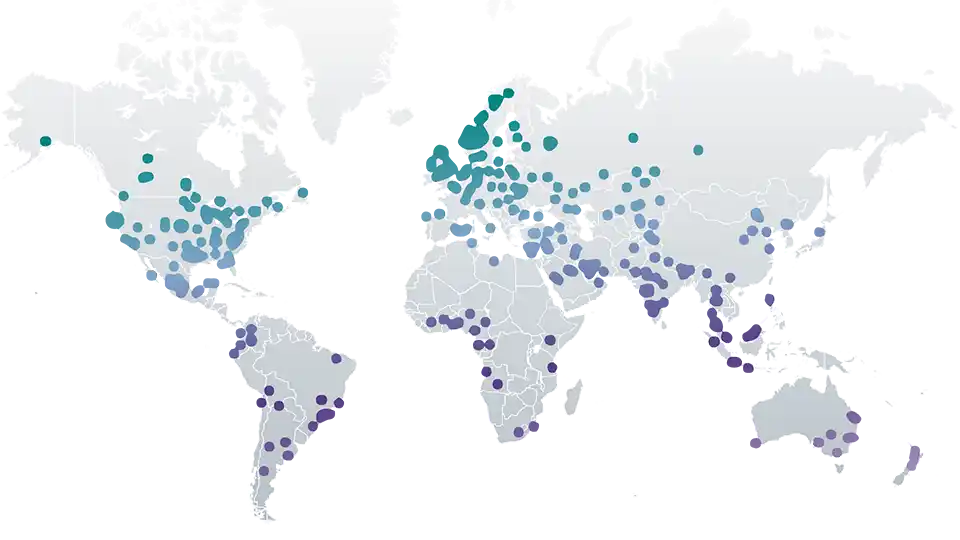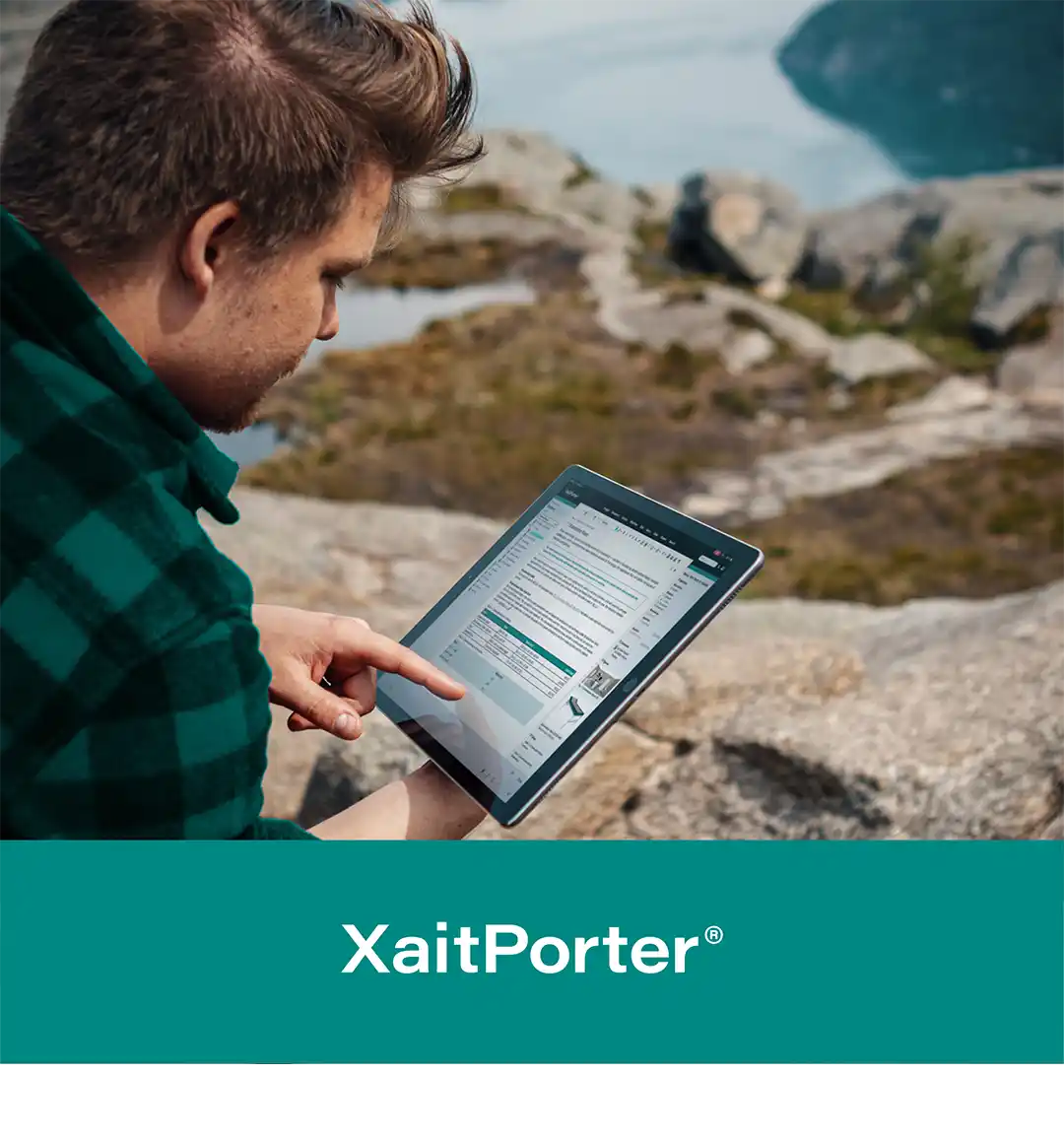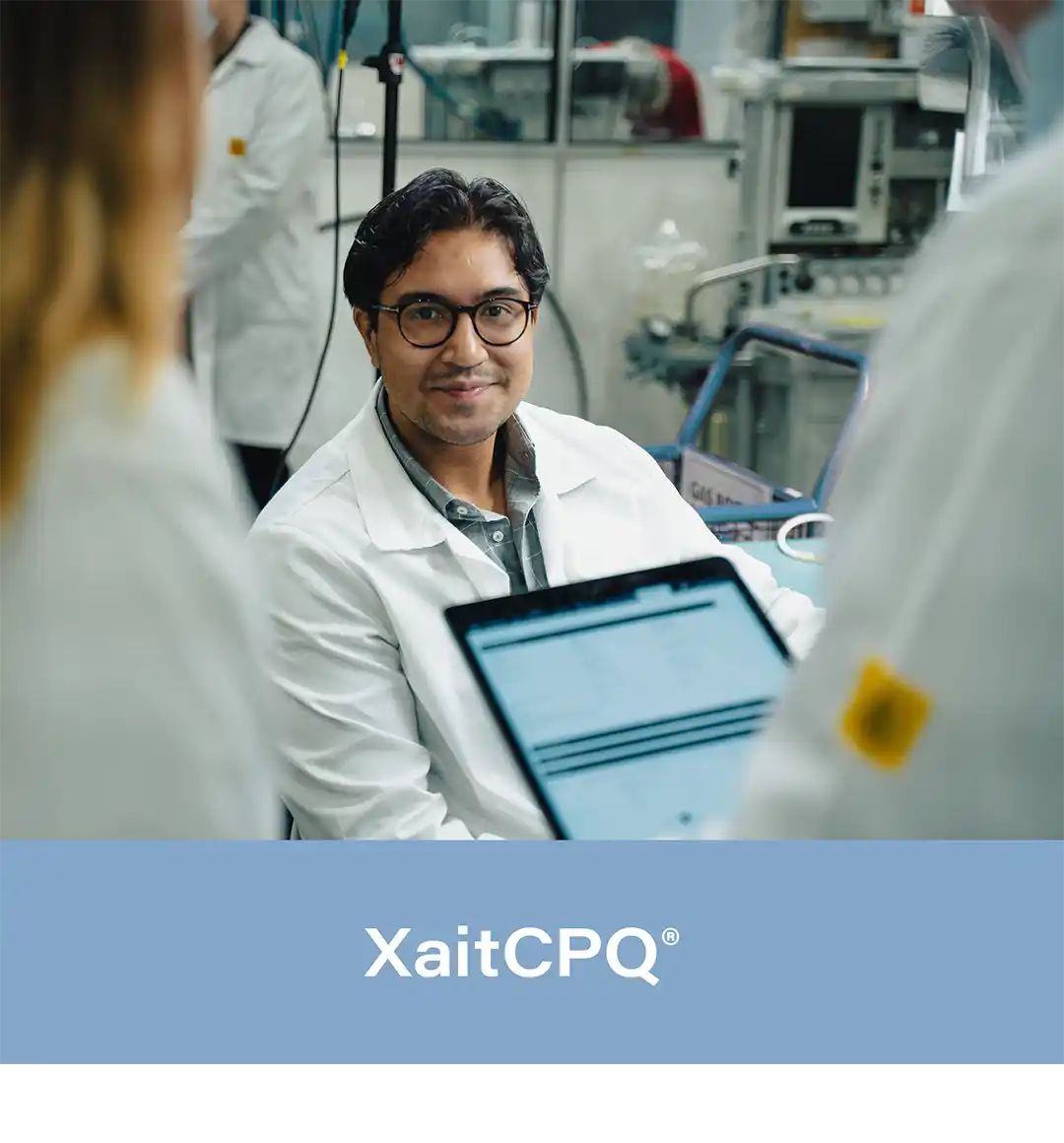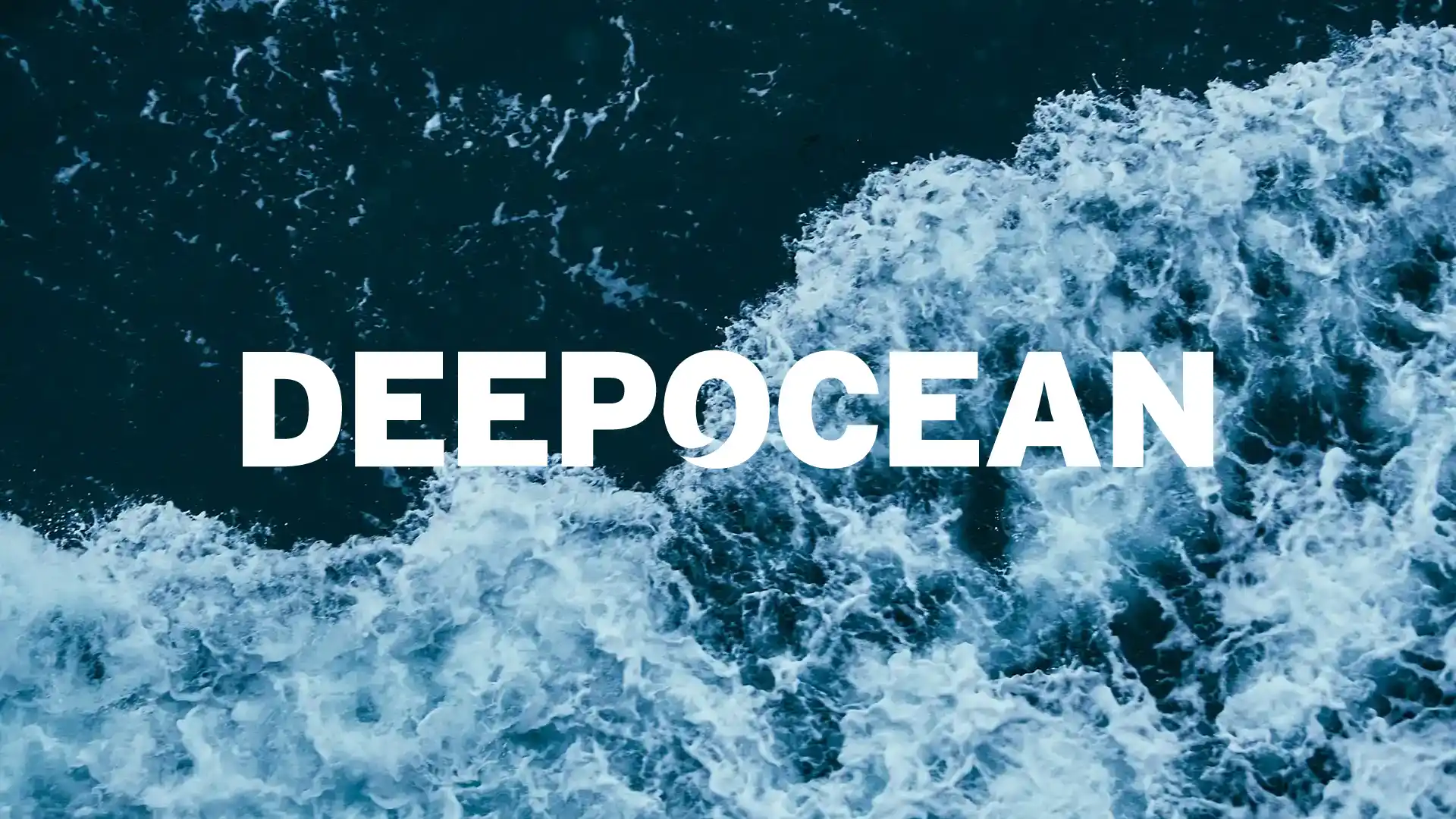Discover Our Software
Xait is Trusted by Customers Worldwide
For more than 20 years, Xait has supplied software for some of the biggest companies in the world in a range of industries including:
Energy and Renewables, Manufacturing, Construction and Government.

300
+
Clients
Worldwide
70000
+
Users
Worldwide
24
+
Years
in business
90
+
Employees
Worldwide

What are Our Customers Saying?
DeepOcean is a world-leading ocean services provider, enabling energy transition and sustainable use of ocean resources. They have minimized manual effort, streamlined their tender process and improved efficiency.

“XaitPorter is very intuitive and easy to use. Most people figure it out pretty quickly.”
Aker BP leveraged XaitPorter to collaborate seamlessly, achieving a record number of PDOs
Silje Kartfjord
HSSEQ Manager, Aker BP

“We spent a lot of time on formatting and layout, especially right before the submission date, which could sometimes be stressful.”
DeepOcean reclaimed time and reduced stress using XaitPorter
Ragnhild Brekke-Brandtzæg
Tender Manager at DeepOcean

“As a last resort, we considered trying to make the spreadsheet method work for us, but we realized that there’s only so much you can do within Excel. It could potentially break, people have different copies.”
Penlon Increases Quoting Capacity using XaitCPQ
Tony Serratore
Head of IT at Penlon
Browse our Latest Articles

What is Proposal Management? A Complete Guide for Teams
Proposal management is the process of planning, writing, and delivering business proposals—often in response to a Request for Proposal (RFP...
April 02, 2025

Empower Your Sales Team with a CPQ + CRM Integration
When businesses compare CPQ and CRM, the focus is often on improving how quotes are created, priced, and delivered. These two systems serve...
March 31, 2025

Technical Proposal Writing: How to Write Proposals That Win Contracts
Want to learn how writing a technical proposal can help you win more contracts? A well-written proposal showcases your expertise, approach,...
March 29, 2025









